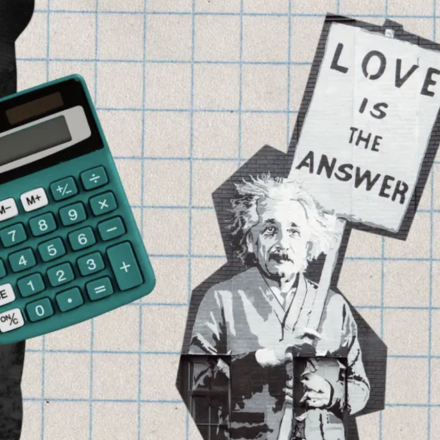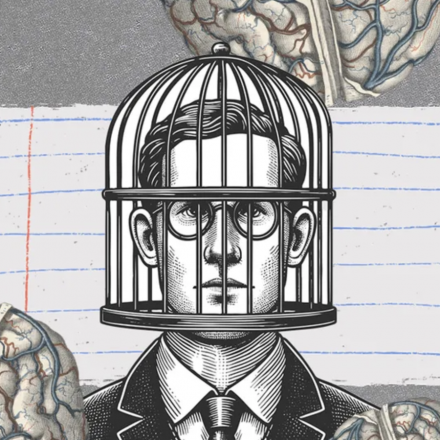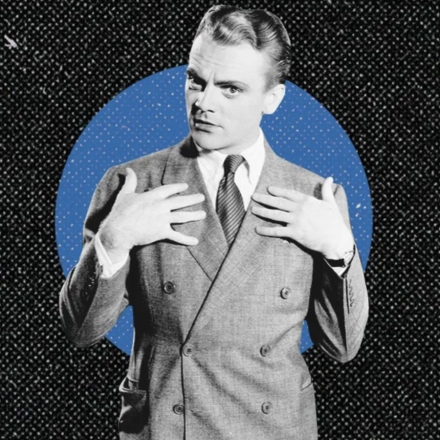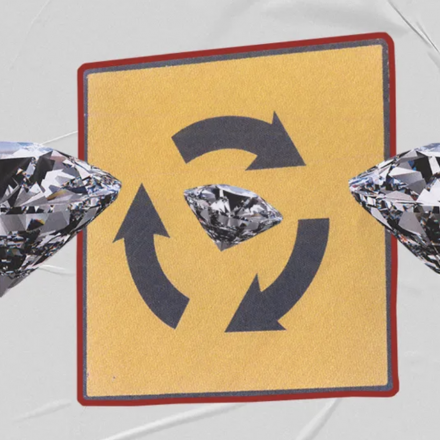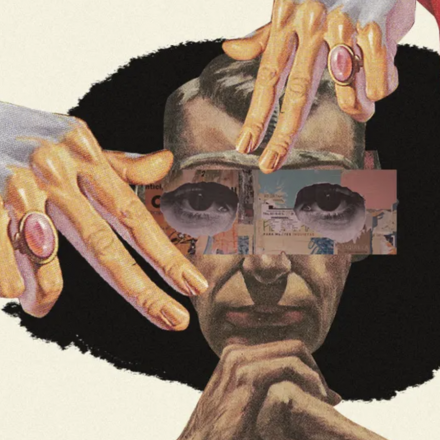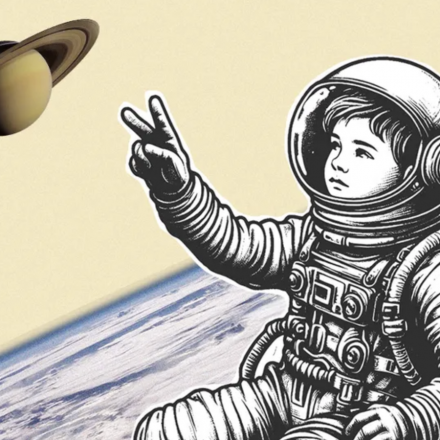As men, we love logic. Facts. The hard edges of reality. But there are moments when even science stumbles in guesses, and the Universe seems to whisper: “You think this is a coincidence? Think again.” Below are a few stories that will send a chill down your spine. Because they are unbelievable, yet real. And they seem to tell us: nothing happens just by chance.
The Balance of Darkness and Light: How Two Opposites Keep the Universe in Balance
In the Universe, there are two opposing forces: dark matter and dark energy. One is the creator, the other is the destroyer. Dark matter creates an invisible framework that keeps galaxies from collapsing. It doesn’t shine, doesn’t interact with ordinary matter, but without it, there would be no stars, no us. Dark energy does the opposite: it stretches space, accelerates the expansion of the Universe, and in the future, it may tear it apart.
Here’s the coincidence: right now, the influence of these two opposites is almost equal. Today, about 27% of the Universe is made of dark matter, and 68% of dark energy. For an ordinary view, those are different numbers. But in cosmology, it’s almost a perfect balance. Once, matter dominated. In the future, energy will consume everything. And we exist in that rare moment when the forces are balanced, almost as if so we could observe them.
Amazing? You bet. Some scientists believe this is not just a coincidence. That intelligent life can only arise in such rare moments of balance. Or maybe these two substances are connected, like two vessels: one decreases, the other increases. No one knows for sure. But one thing is clear: the fact that we live in this era seems like a hint. And it’s too precise to be random.
The Perfect Eclipse: The Ideal Proportion of the Moon and the Sun
We are used to seeing solar eclipses as spectacular natural shows. But if you think about it, this show is an incredible coincidence of geometry.
The diameter of the Sun is about 400 times larger than the diameter of the Moon. And at the same time, the Sun is about 400 times farther from Earth. The result? They appear the same size in the sky. This allows the Moon to perfectly cover the Sun, creating a total eclipse—a phenomenon that even seasoned scientists find awe-inspiring.
If the Moon were slightly smaller, or the Sun slightly closer, we would never witness such a spectacle. We would never see its perfection—the corona, the glow, the flares at the edges.
And that’s not all. The Moon is slowly moving away from Earth, and in millions of years, eclipses will disappear forever. Millions of years ago, on the other hand, it was closer and completely blocked the light, leaving no effects like the ones we see today. So, we live in the one possible era when eclipses happen in their perfect form. What is that, if not a hint?
The Survival Altitude: Everest and the Limit of the Human Body
Mount Everest is not just a peak. It’s the boundary of the human body’s capabilities. Interestingly, at the very top of the planet, the oxygen content in the air is at the lower limit for survival without additional support.
The higher you go, the less oxygen there is. The body suffers, every cell gasps for air. At an altitude of about 8,000 meters, begins what climbers call the “death zone” — the body can no longer function normally. And there’s still nearly a kilometer to go to the summit.
Yet, two people, Reinhold Messner and Peter Habeler, managed to reach the very top without oxygen tanks. This was only possible because of their phenomenal preparation, experience—and perhaps the will of the Universe.
What’s striking: there is no higher point in the world to test whether it’s possible to survive higher. Everest is the absolute limit. If it were even slightly higher, a person would most likely not survive. A coincidence? Or maybe not?
Agriculture Emerged Simultaneously in Different Corners of the World
12,000 years ago, something strange happened. People in different parts of the world, in regions not connected to each other, began practicing agriculture. It happened almost simultaneously, as if by command.
In Mesopotamia, they grew wheat and barley, in China—rice and millet, in America—corn and amaranth, in the Andes—potatoes and quinoa. These cultures had no knowledge of each other’s existence. Oceans and millennia of evolution separated them. But the idea was the same: to control plants and produce food.
What’s even more surprising is that agriculture was unprofitable at the start. More work, worse diet, more diseases. But it emerged everywhere. Some theories talk about climate warming, others about population growth. And there’s even one suggesting it was a random coincidence, like wild grains sprouting near settlements.
But if this was a coincidence, why did it happen simultaneously in different parts of the world? Perhaps it was an inevitable step in evolution. And that means it wasn’t a coincidence, but a programmed turning point.
Water Expands When It Freezes, Saving Life on Earth
All substances shrink when they freeze. All of them—except water. It does the opposite—it expands. This seems illogical, but it’s exactly this property that saved life on Earth.
When water freezes, its molecules form a structure with gaps, like honeycombs. This makes ice less dense, and it floats on the surface. Thanks to this, liquid water remains beneath the ice, where fish, microorganisms—and even the seeds of future civilizations—can survive.
If ice sank, bodies of water would freeze to the bottom, killing everything alive. We might never have seen humans or animals. Earth would have become a dead planet.
But ice floats. And this is one strange exception to all physical rules that allowed life to exist. Just a coincidence? Or a clever design?
All of this is not just interesting facts. These are hints. Too precise, too synchronized, to be mere accidents. Perhaps the Universe really knows what it’s doing. And we are left only to observe, marvel, and wonder: what else in this world isn’t as random as it seems?



